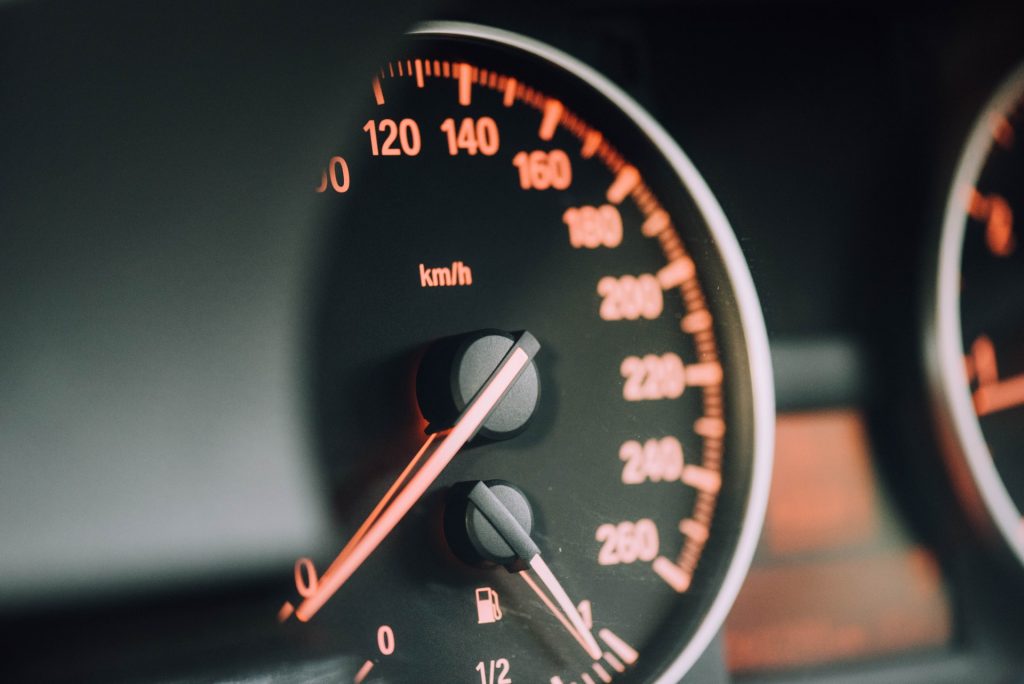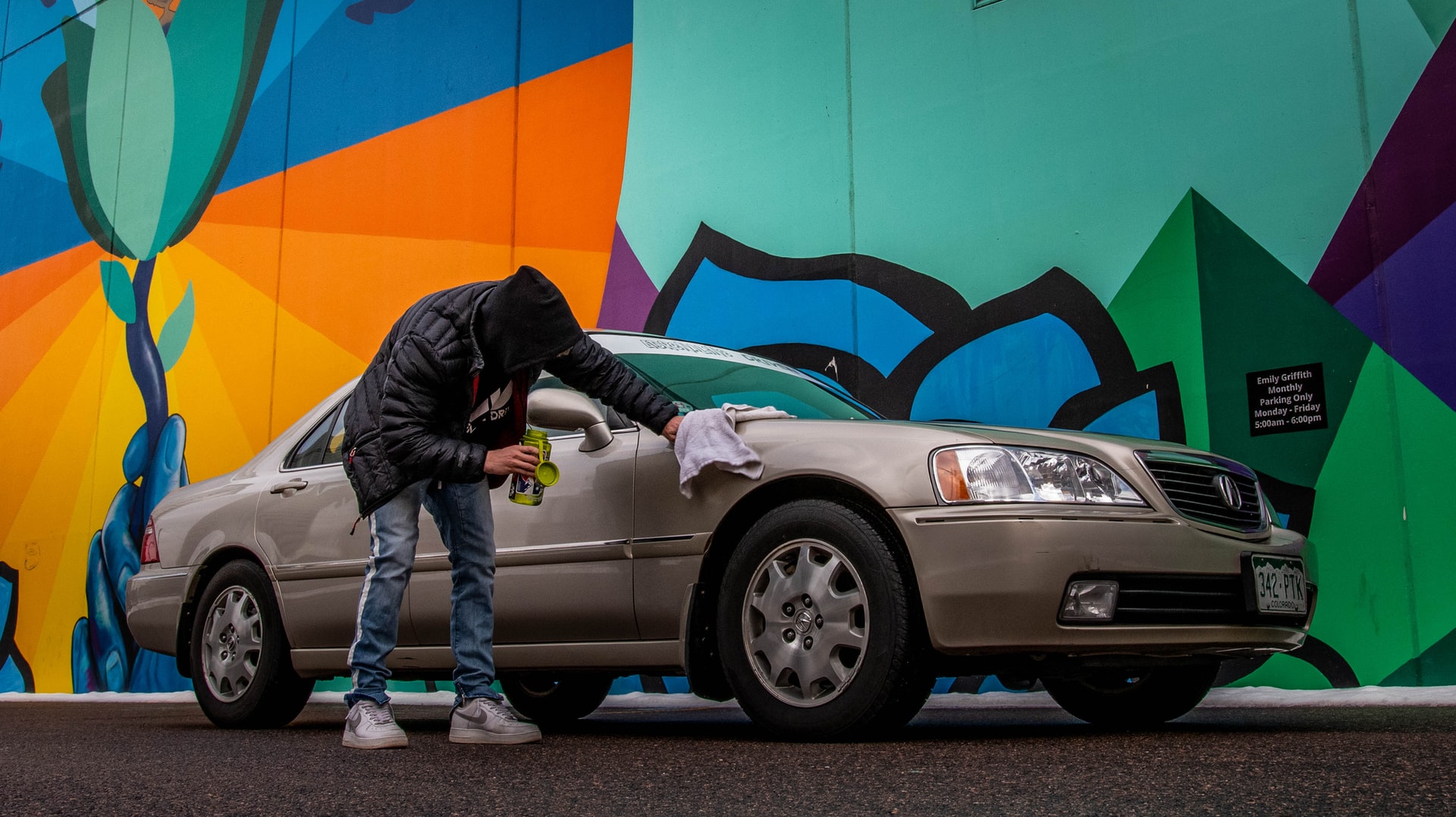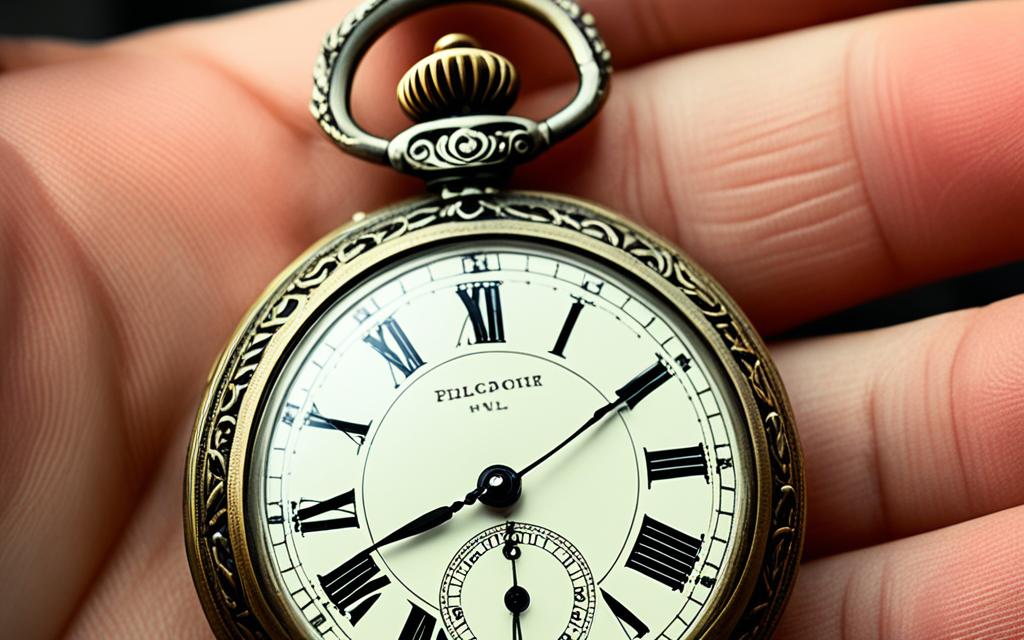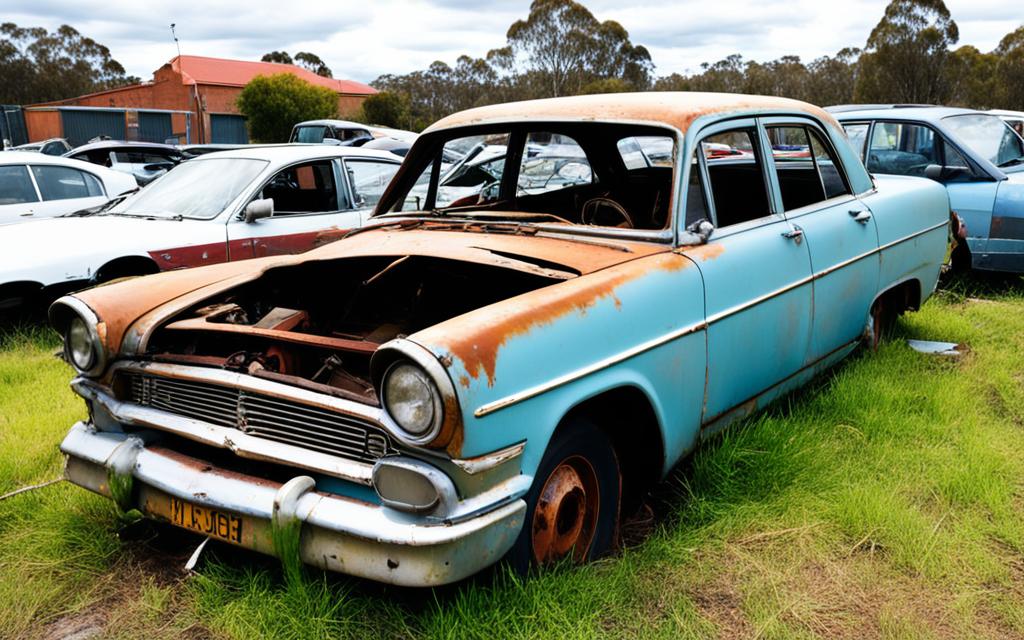What should you look for when test driving a used car? How do you know if it’s the right car for you? In this blog, you will be provided with all the information you need to buy a used car with confidence. You’ll be able to walk through the process step-by-step, and get some tips on how to save money along the way.
So, whether you’re looking for your first car or just want to upgrade your current ride, read on for the ultimate guide to buying a used car!
The Importance Of Test Driving A Car Before Buying It
You wouldn’t buy a home without taking a tour, would you? You need to see if the roof leaks, if the windows open and close, and get a feel for the space. The same is true for cars. You need to take it for a test drive before you buy it.
There’s a reason test drives are mandatory before you purchase a new car. It gives you the chance to get to know the vehicle inside and out and to see if it’s a good fit for your needs. You can learn how the car handles on different terrains, how easily it accelerates and brakes, and if there are any creaks or rattles that need to be addressed.
How To Inspect A Used Car For Potential Problems

1. Do Your Research
The first step in buying a used car is to do your research. This means gathering as much information as possible about the different makes and models of cars that interest you. If you’re buying from a dealership, be sure to check out their reputation online. While if you have a used car that’s as good as junk, there are cash for unwanted cars Sydney companies that can help you out. Those outside Australia can find companies offering similar services through Google search.
2. Test Drive Different Cars
When test driving, be sure to take the car on different types of roads. If you’re mostly going to be driving on highways, then make sure to test drive the car in both city and highway traffic. And if you’re looking for a family car, be sure to test how spacious the backseat is. You’ll also want to check out things like the engine noise, handling, and braking.
3. Look For Signs Of Damage
When inspecting a used car, be sure to look for any signs of damage. This includes checking the body of the car for dents or scratches, and looking under the car for any leaks. You should also test all the equipment in the car, such as the brakes, steering wheel, and seat belts.
4. Get A Car History Report
Before buying a used car, be sure to get a car history report. This will tell you about any accidents the car has been in, as well as other information like how many owners the car has had.
What To Do If You Find Damage Or Defects On The Car
If you find major damage or defects on the used car, then it may be best to walk away from the deal. Avoid buying flooded cars or cars with severe damage because they can be very expensive to fix and unsafe to drive. For cars that have been into accidents, those repairs are not always disclosed by sellers. So, always take a test drive and have it inspected by a mechanic before buying one.
Here are some steps to take:
- Take pictures of all damages, inside and out
- Make a list of all damages and include notes about where each occurred
- Get the car inspected by a mechanic, and have them write up an estimate for repairs
- Keep this information in a safe place
By bringing up the damage or defects immediately, you can negotiate a fair price with the seller or simply walk away and find another car. Don’t let them scam you – be assertive and get what you deserve.
Paperwork And Closing The Deal
When you’ve found the car that’s right for you, it’s time to take care of the paperwork and finalize the deal. This can include a variety of tasks, such as arranging finances, filling out forms, and scheduling a time to pick up your new car. Before deciding on buying a car, make sure that it is debt-free and has a history of being well maintained. Before you buy, it’s important to check out all the paperwork that comes with the car. This includes service records, title insurance, and previous owners’ names on registration documents. If there are any problems with these documents or if there are discrepancies in them (such as different VINs), then you might want to reconsider your purchase.





